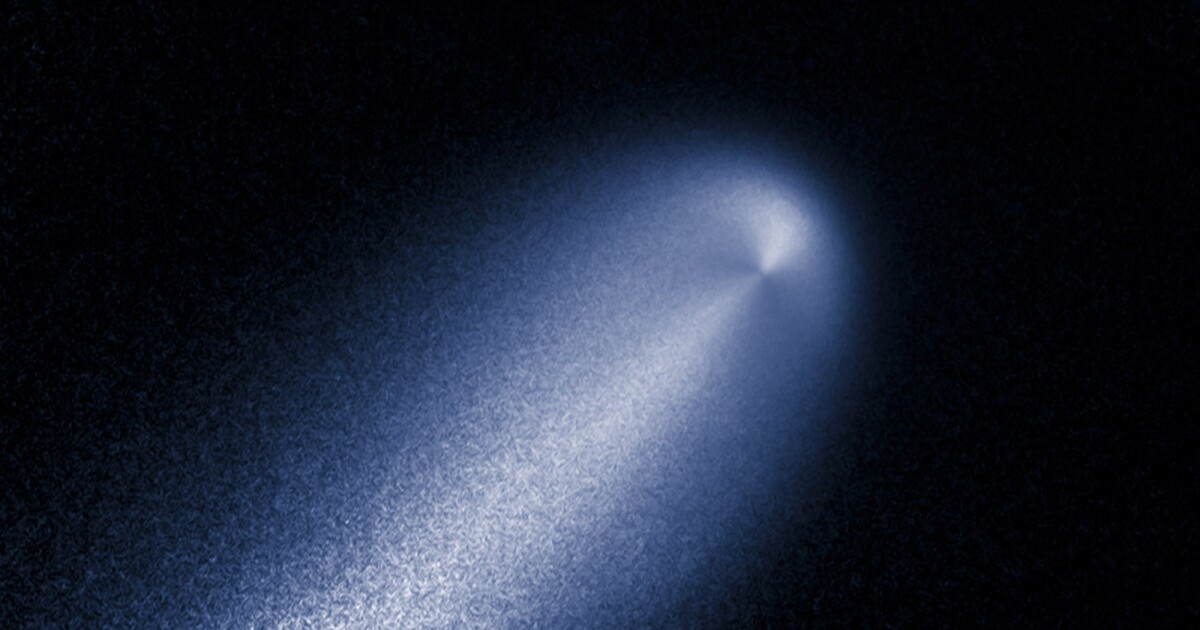

A horned “devil comet” barreling toward Earth is set to explode in the coming days.
The massive comet, known as 12P, is 18.6 miles in diameter and is filled with a large amount of gas and ice. Its cryovolcano, a vent that functions as a volcano, erupts when exposed to the sun. The eruptions happen at 15-day intervals, with the next one set to occur Friday or Saturday.
TWELVE DAYS OF WEX-MAS: WHAT’S AT STAKE FOR THE SUPREME COURT IN 2024?
“The last few outbursts have been on a 15 day cadence,” Nick James, of the British Astronomical Association, told Spaceweather.com. “And we might be coming up to another one.”
Richard Miles of the BAA described it as being like “Old Faithful.”
“Comet 12P has a super cryogeyser, eruption of which is triggered after local sunrise at its location,” he said.
Prior eruptions caused the comet to sprout horns, though they have become less pronounced in recent days. To see the horns or eruption, a telescope is needed, though in the spring, observers should be able to view it with the naked eye.
CLICK HERE TO READ MORE FROM THE WASHINGTON EXAMINER
Though the prospect of a satanic, exploding comet barreling toward Earth may be worrying to some, residents of Earth need not worry. NASA‘s Planetary Defense Coordination Office runs the Asteroid Watch program, which tracks every possible danger to the Earth. The catalog is so advanced that the organization can track hazards centuries into the future.
“Everything we find, we take observations on to determine the orbits, see where they’re going, and whether they’ll be any hazards to the Earth in the future. So that’s our strategy here,” Lindley Johnson, NASA’s planetary defense officer and lead program executive for the Planetary Defense Coordination Office, told the Washington Examiner. “Now we have the technology to find these objects. We just need to be looking for them and taking the observations. And once we find them, we can determine their orbits and know if any of them are going to be any threat to the Earth for the next century or so. So we can actually have quite a bit of warning, decades of warning; we just need to continue to look and project those orbits out.”





